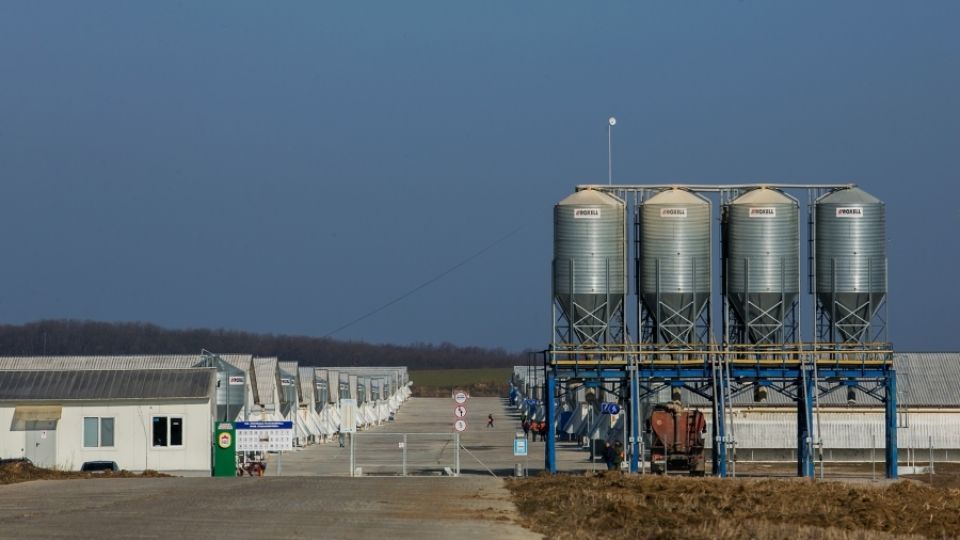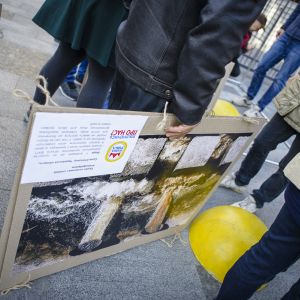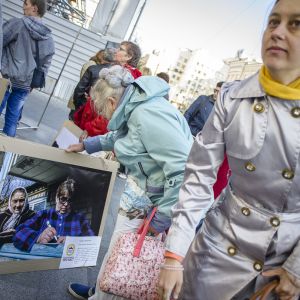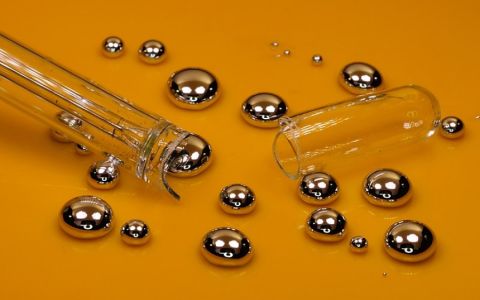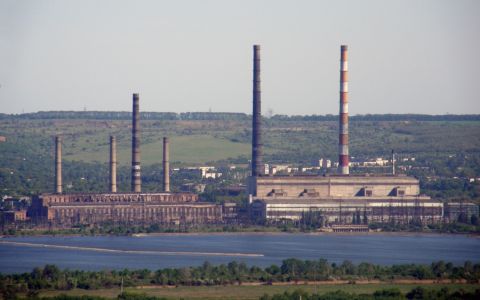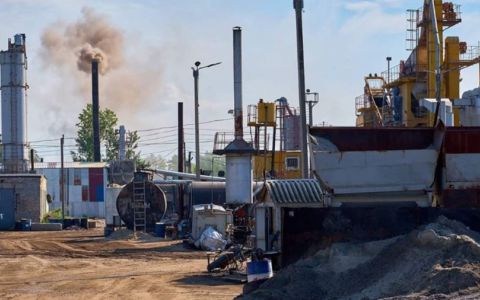The Vinnytsia region is one of the areas of operation of the company “Mironivsky Hliboproduct” (MHP). This company, owned by the Ukrainian oligarch Yuriy Kosyuk, controls most of the Ukrainian market in chicken meat and, besides this, exports almost one quarter of its production abroad. MHP’s agricultural holdings cover every stage of the production cycle – fields and grain production (Zernoproduct), fodder production, incubators, poultry rearing facilities, slaughterhouses, meat processing and bone meal production plants and waste water treatment facilities (the Vinnytsya poultry farm. This enables the company to secure and control its position on the market.
The Vinnytsia region is one of the areas of operation of the company “Mironivsky Hliboproduct” (MHP). This company, owned by the Ukrainian oligarch Yuriy Kosyuk, controls most of the Ukrainian market in chicken meat and, besides this, exports almost one quarter of its production abroad. MHP’s agricultural holdings cover every stage of the production cycle – fields and grain production (Zernoproduct), fodder production, incubators, poultry rearing facilities, slaughterhouses, meat processing and bone meal production plants and waste water treatment facilities (the Vinnytsya poultry farm. This enables the company to secure and control its position on the market.
Industrial farming is one of the most polluting and harmful industrial sectors in general. Industrial farming worldwide produces as many emissions of carbon dioxide into the atmosphere as the entire car traffic in all the countries of the world. Besides this, the close surroundings of the farms, slaughterhouses, meat processing plants, and all the other facilities suffer from dustiness, smells, water and soil pollution, and heavy traffic. The most visible and clearest examples of such negative consequences can be found in Ukraine in the regions where MHP operates. Vinnytsia is one of them.
In the Vinnytsia region, in a very small area around the town of Ladyzhyn, there are 12 poultry rearing facilities, three are being constructed, and six more are under preparation. Each of them consists of 38 chicken houses; in each poultry rearing facility
there are about one million chickens. If we consider the number of chickens, together with all the connected facilities and fields used for growing food for the chickens, altogether it imposes an enormous strain on the whole region.
The massive traffic of heavy trucks carrying chicken, fodder, manure, concrete construction parts, and machines causes noise and dustiness, and the vibrations seriously damage the houses of the villagers. There is unsatisfactory access to information about planned facilities and planning permission procedures and almost no public participation in the decision making regarding the poultry houses. The local activists are under constant pressure from the subsidiaries of the company operating in the region and its security services. Many cases of threats, the stalking of activists by day and night, and even physical assaults have been witnessed.
The most seriously affected towns in the region are Zaozerne, Chetvertynivka, Olyanitsya, Tulchin, Kleban, Mankivka, Mikhailivka, Goediivka, and many others in the area of the MHP facilities. Basically, all of them suffer because of the heavy traffic; in the neighbourhood of some, there are huge manure storages, as the fields are not able to take all the manure from millions of chickens. The chicken manure is very aggressive because of its high nitrate content, which represents a danger to streams and exhausts the soil.
One of the few successful stories of struggle against the company comes from Chetvertynivka. The village won its battle against MHP in 2015. When the people realized they did not want another two poultry rearing facilities to be constructed in addition to the two that already existed on their territory and they had no chance of succeeding in planning permission procedures, the villagers blocked the roads. They forced MHP to abandon the project and even return the fields to grain production. The village looks visually well-managed and not poor – it seems that small-scale farming might be an alternative to the industrial type.
Report from the fact-finding mission to the Vinnytsia region in March 2017>>>



